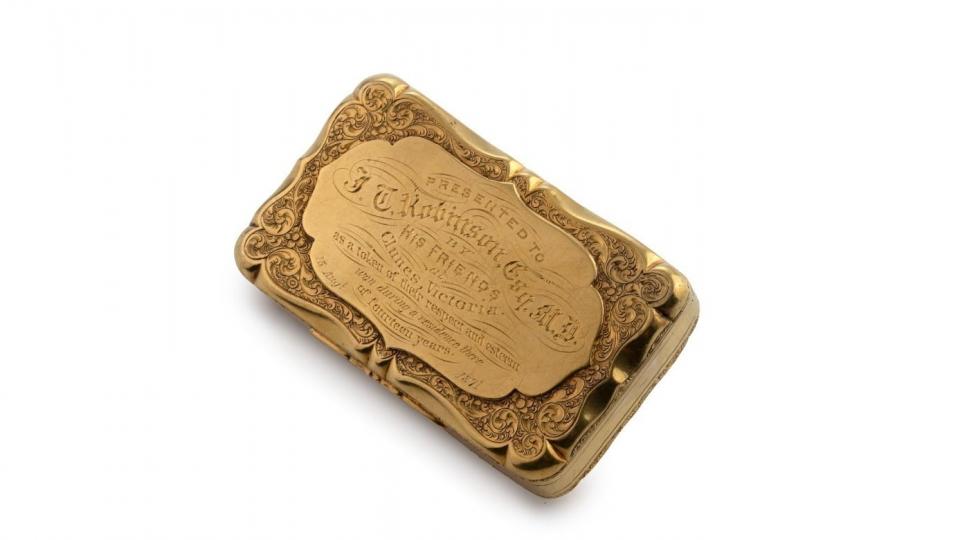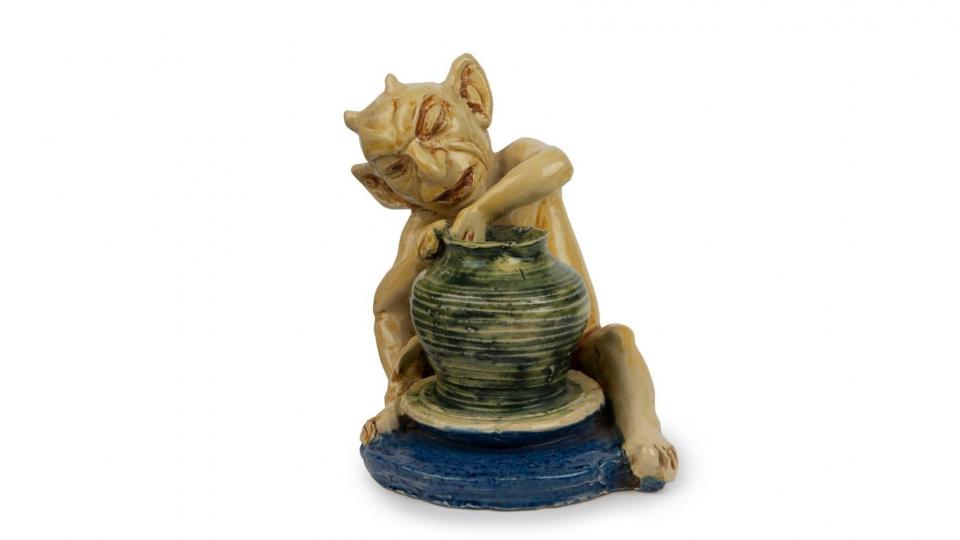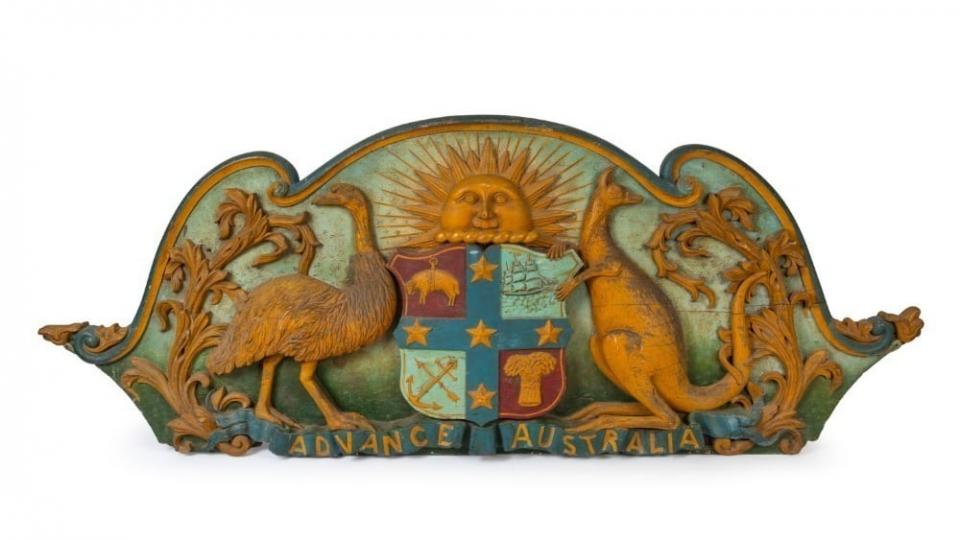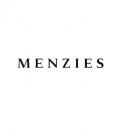Submitted by aarAdmin on Mon, 10/21/2024 - 00:00
A rare early 1855 watercolour panorama of the Port River & North Parade, Port Adelaide by artist, forger and fraudster Frank (Francis) George Hankey (c1832-1911) on four panels (lot 530) doubled its auction estimate to sell for $42,000 at Melbourne-based Leski Auctions October 20 sale of the Dr Jane Lennon collection.
The scene depicted was largely destroyed in the Great Port Adelaide Fire of November 1857 in a blaze covering several acres that wiped out half the area and almost its entire commercial district including three hotels, 12 shops, one bank, 16 cottages, two stables and several outbuildings.
Frank was the son of William Hankey (1807-1872), a scion of the Hankey mercantile and banking dynasty in London, and arrived in Adelaide on board the Madras on January 11, 1855 with Samuel Francis White, a principal of their families joint London mercantile firm Dauglish, White & Hankey – which possessed interests in Australian mining and communications and large commercial interests in the colony.
By the mid-1860s, Frank had settled in Sydney where he served several lengthy jail terms for forgery, despite inheriting princely sums from his father’s estate – engendered largely by his love of expensive living.
A PhD graduate in art history from the University of Sydney and with long experience in the fine arts field, in 2003 Dr Lennon purchased a rambling 1840s sandstone building in Elizabeth Street, Hobart where she traded by appointment as Ancanthe – named after Lady Jane Franklin’s Museum which opened in 1843 in the Hobart suburb of Lenah Valley.
The wife of Van Diemen’s Land (later Tasmania) lieutenant-governor Sir John Franklin (the position he held from 1837-1843), Lady Franklin purchased 53 hectares of land near Hobart Town for a botanical garden, which she called Ancanthe and where she organised the building of a natural history museum modelled on a Greek temple.
A sold yellow high carat gold snuff box (lot 11) sold for $24,000, just below its lower catalogue estimate.
The box was presented in 1871 to Irish surgeon John Trimble Robinson (c1820-1882), ship’s surgeon aboard the clipper Red Jacket that departed Liverpool for Melbourne on May 4, 1854 – journeying via the Antarctic to reach its destination as part of a race with another ship.
Two years later, Robinson settled in the Victorian goldfield town of Clunes, with its 20 residents, that gradually expanded to a thriving population of 6000. The snuff box was presented to Robinson on his departure 14 years after that by grateful residents for his services.
A 19th century Henry Steiner Australian silver emu egg inkwell (lot 16) sold for $17,000, well above its $6000-$10,000 estimate, while a devil potter statue (lot 330) by famous artist Marguerite Mahmood (1901-1989) brought $16,000.
A 19th century architectural Australian coat of arms (lot 120) also sold above its estimate at $12,000 – while two c1865 cedar and blackwood chairs (lots 319 and 320) with Hobart Town coat of arms carved on them respectively changed hands for $8000 and $8500.
Other $8000 results were achieved for lot 2 – a rare presentation sterling silver snuff box presented in 1839 to Van Diemen’s land Company secretary Samuel Rolls – and lot 111, a circa 1836 painting of the Dundee whaler Dorothy by Anstruther Donaldson, nee Davidson.










